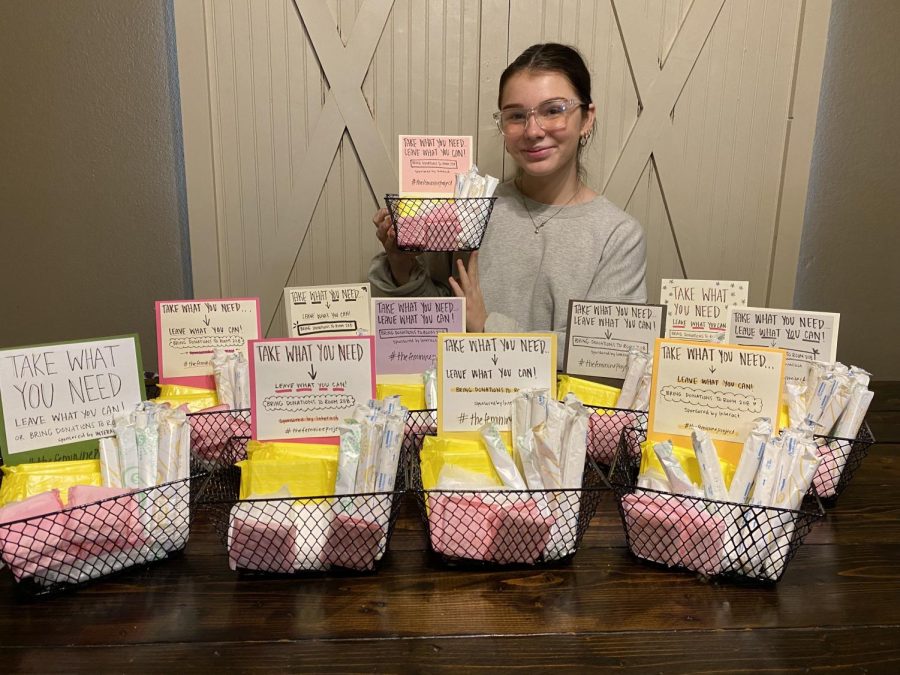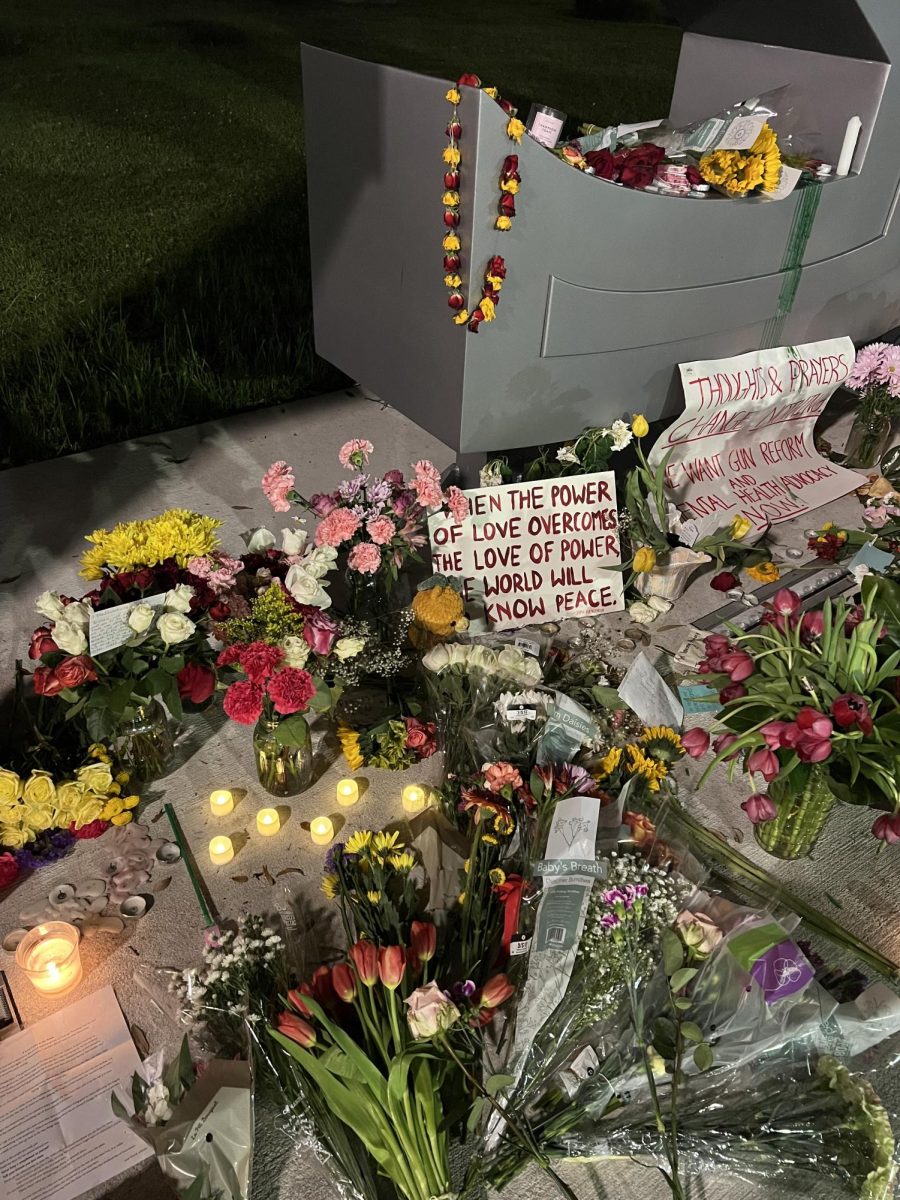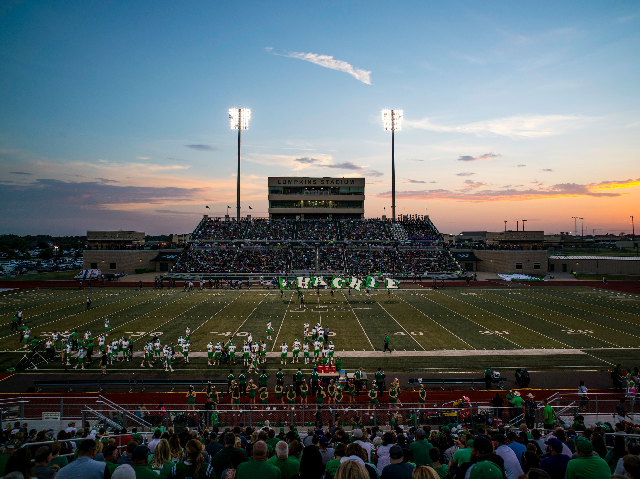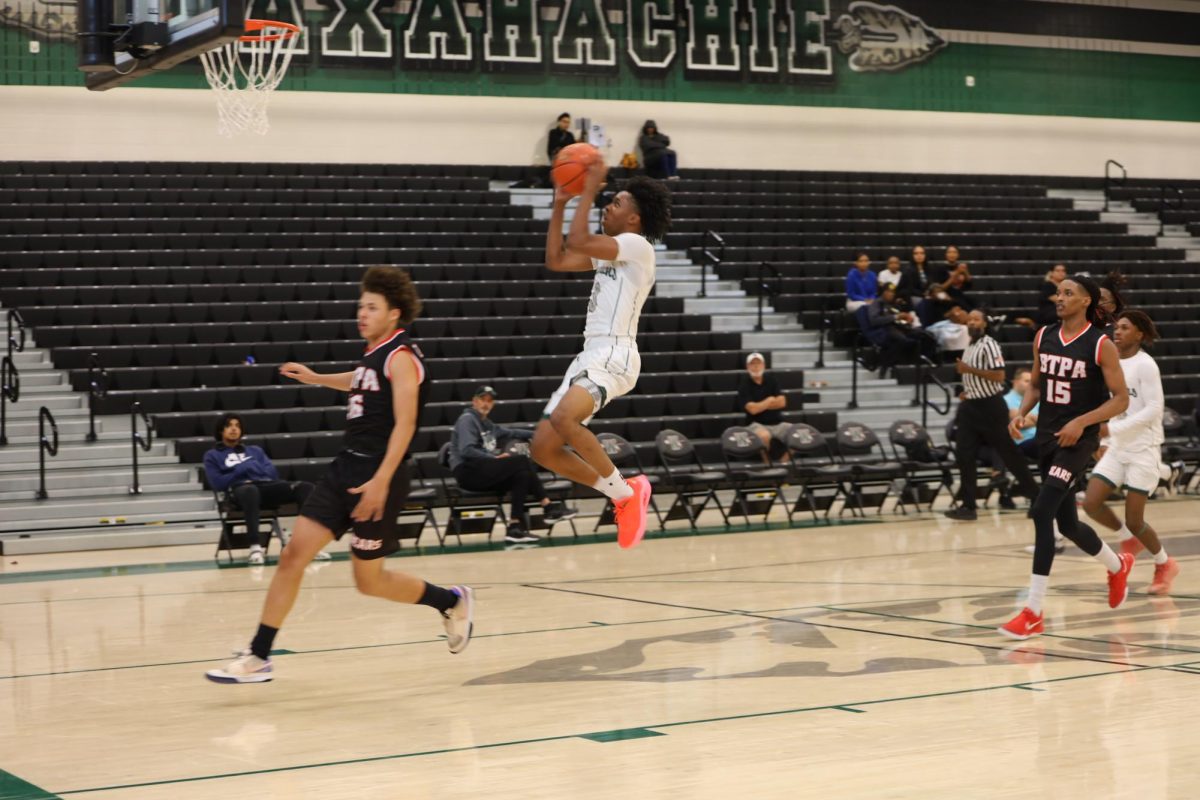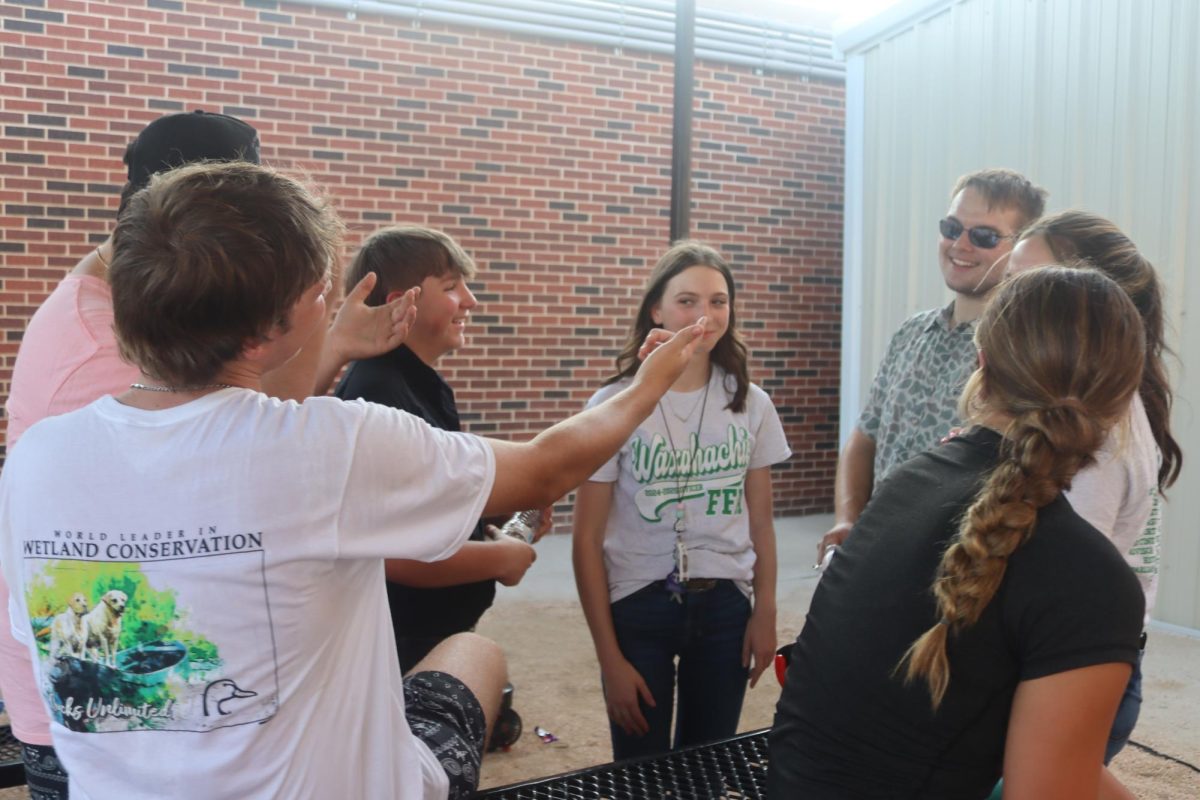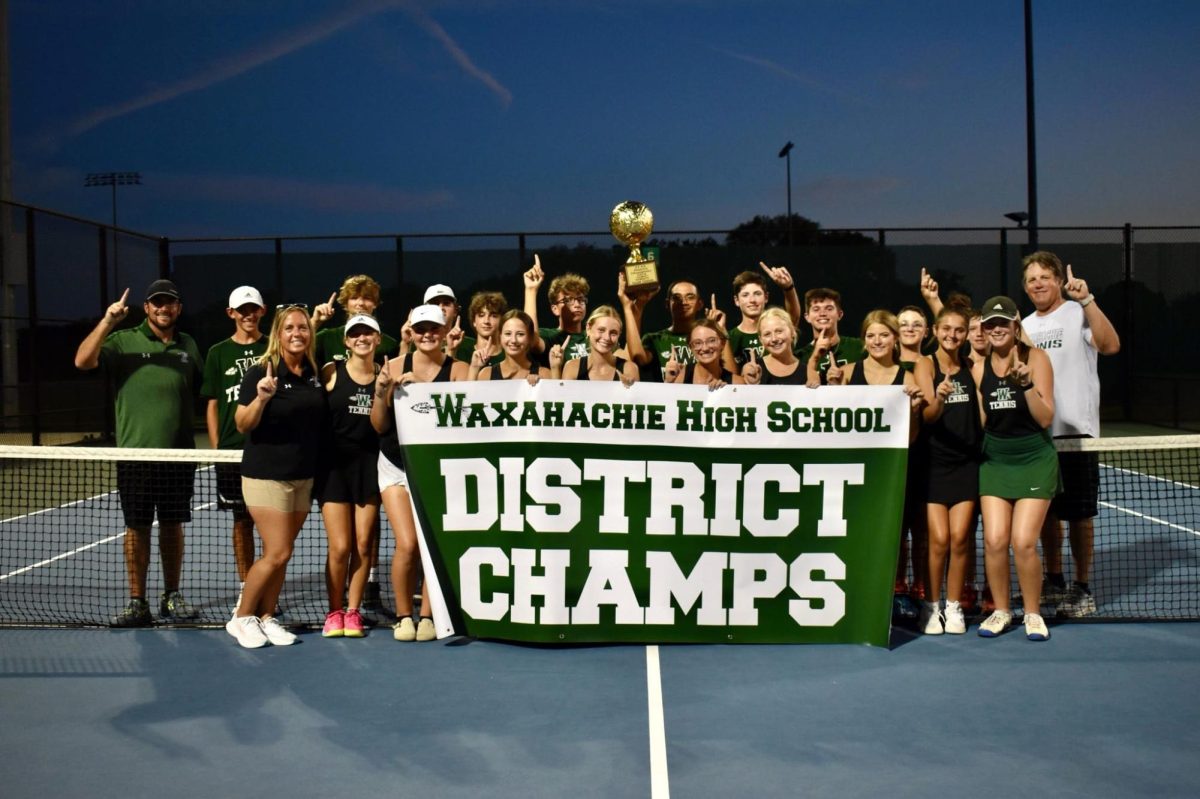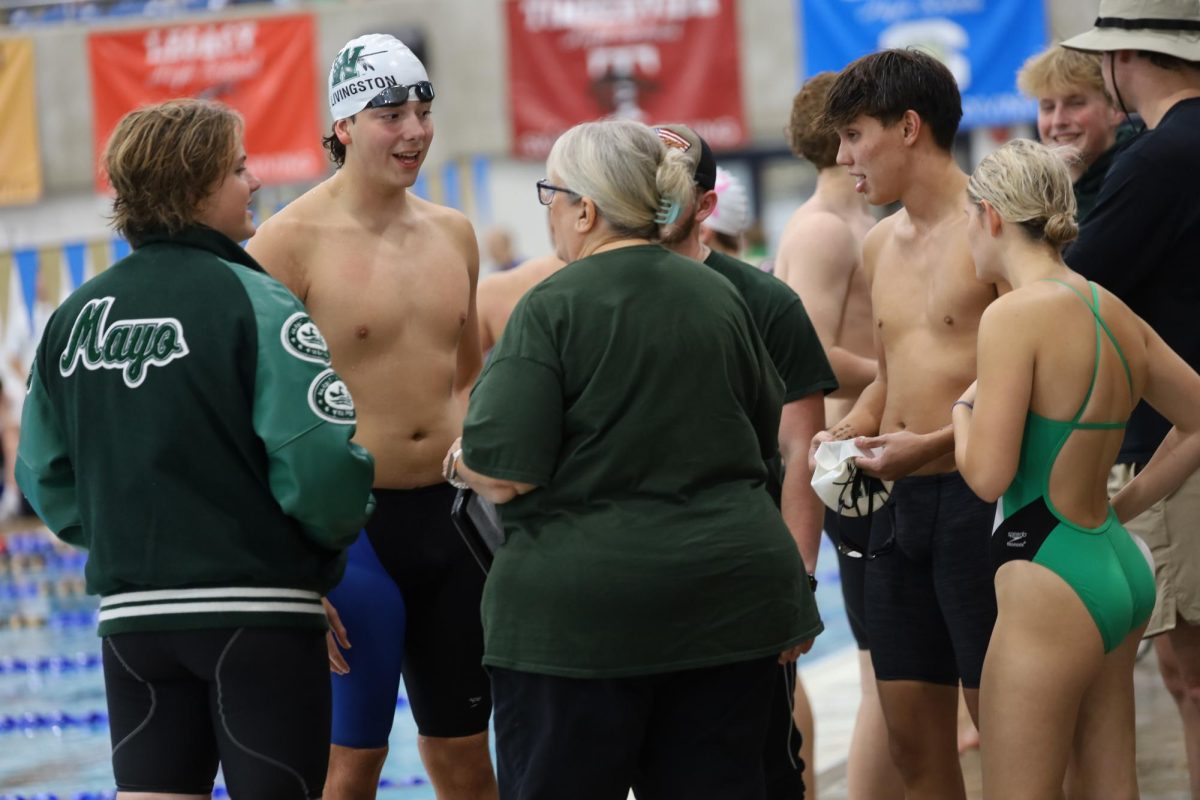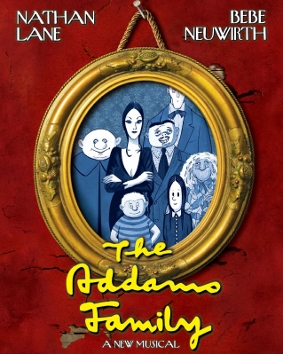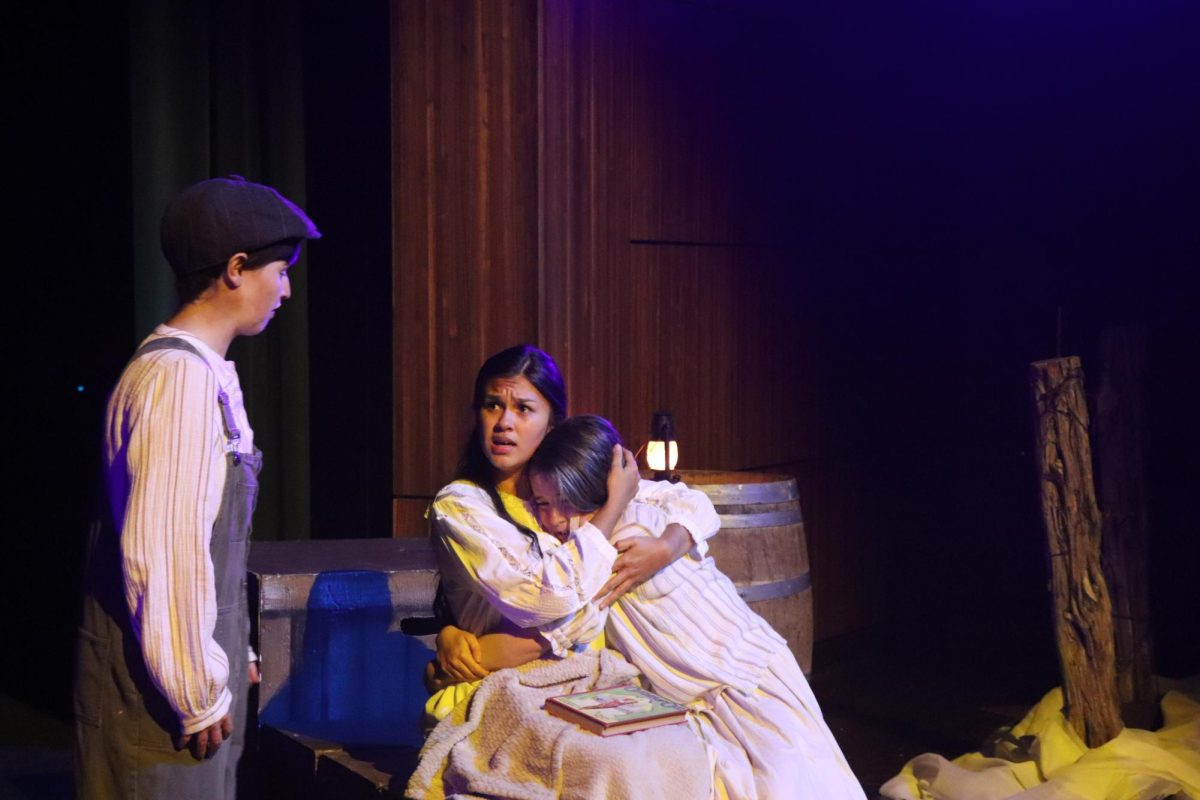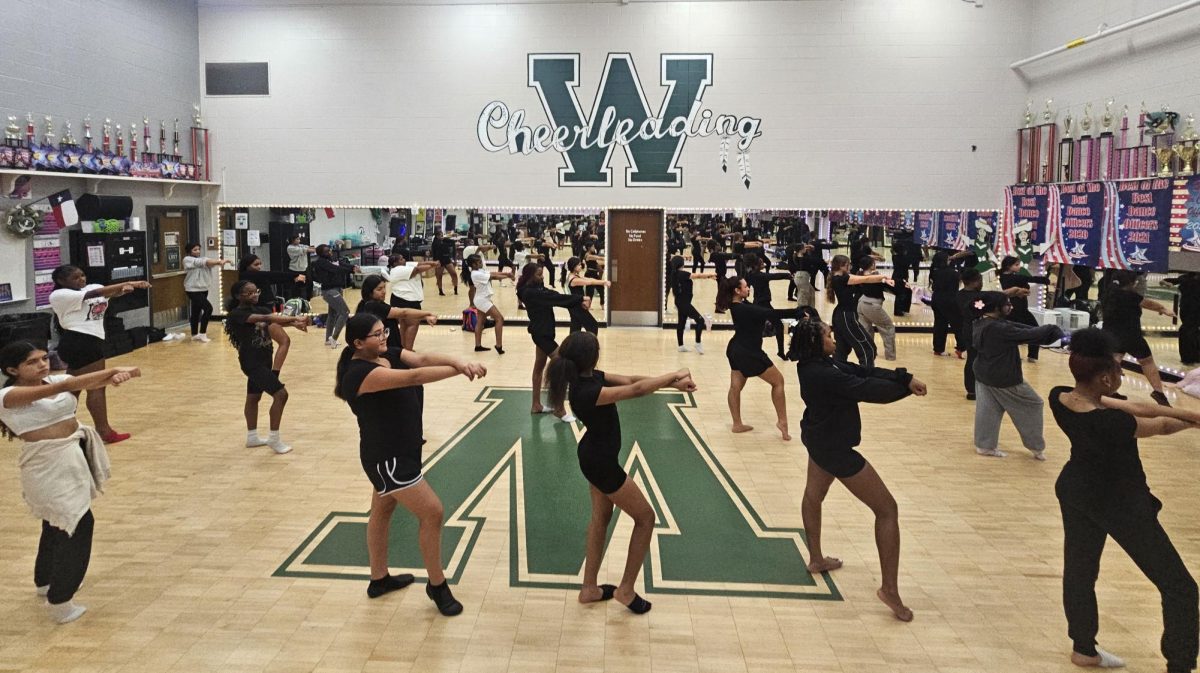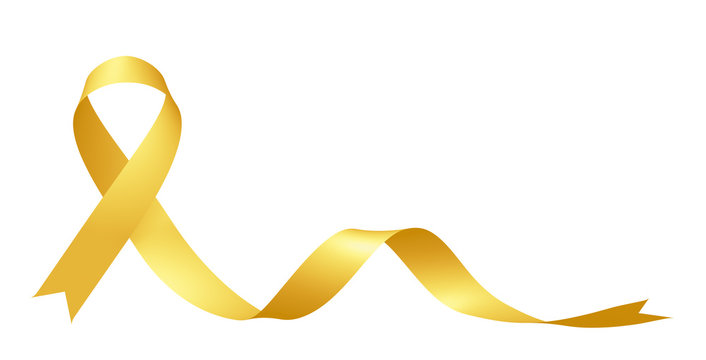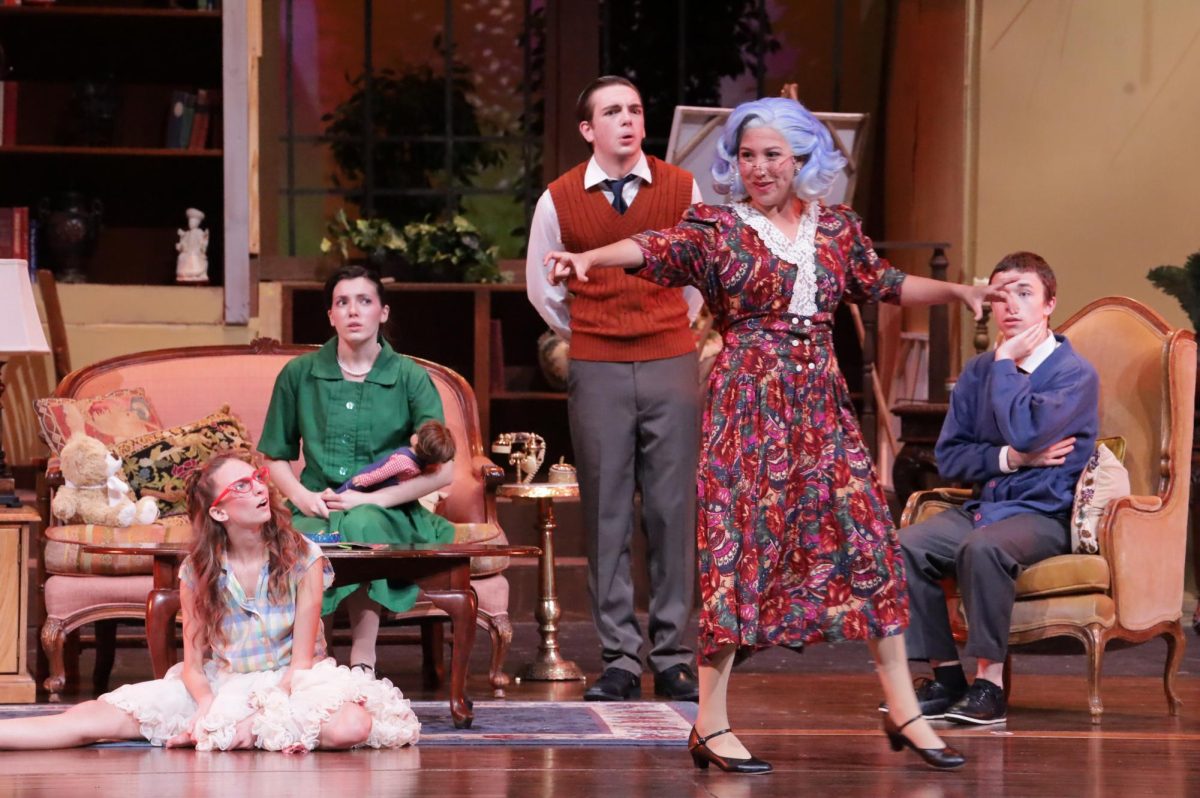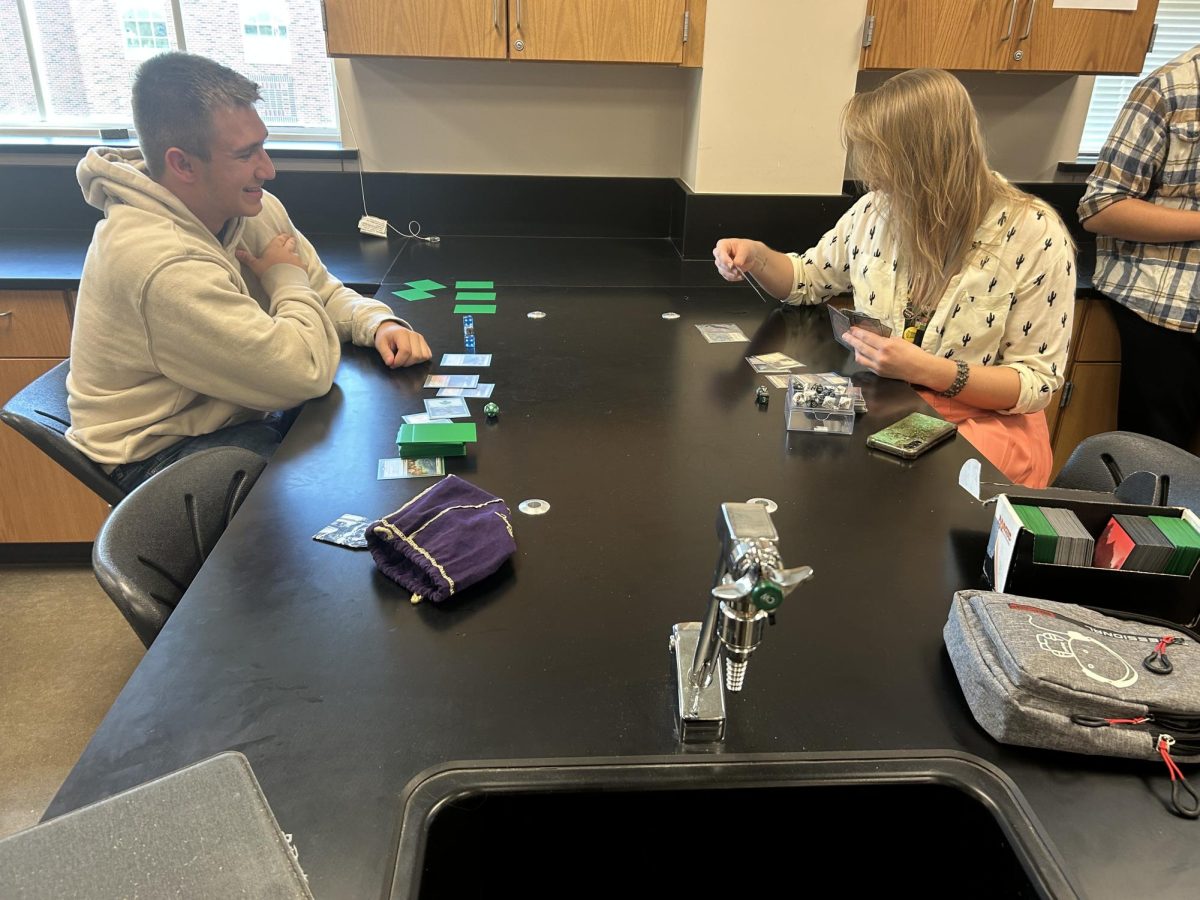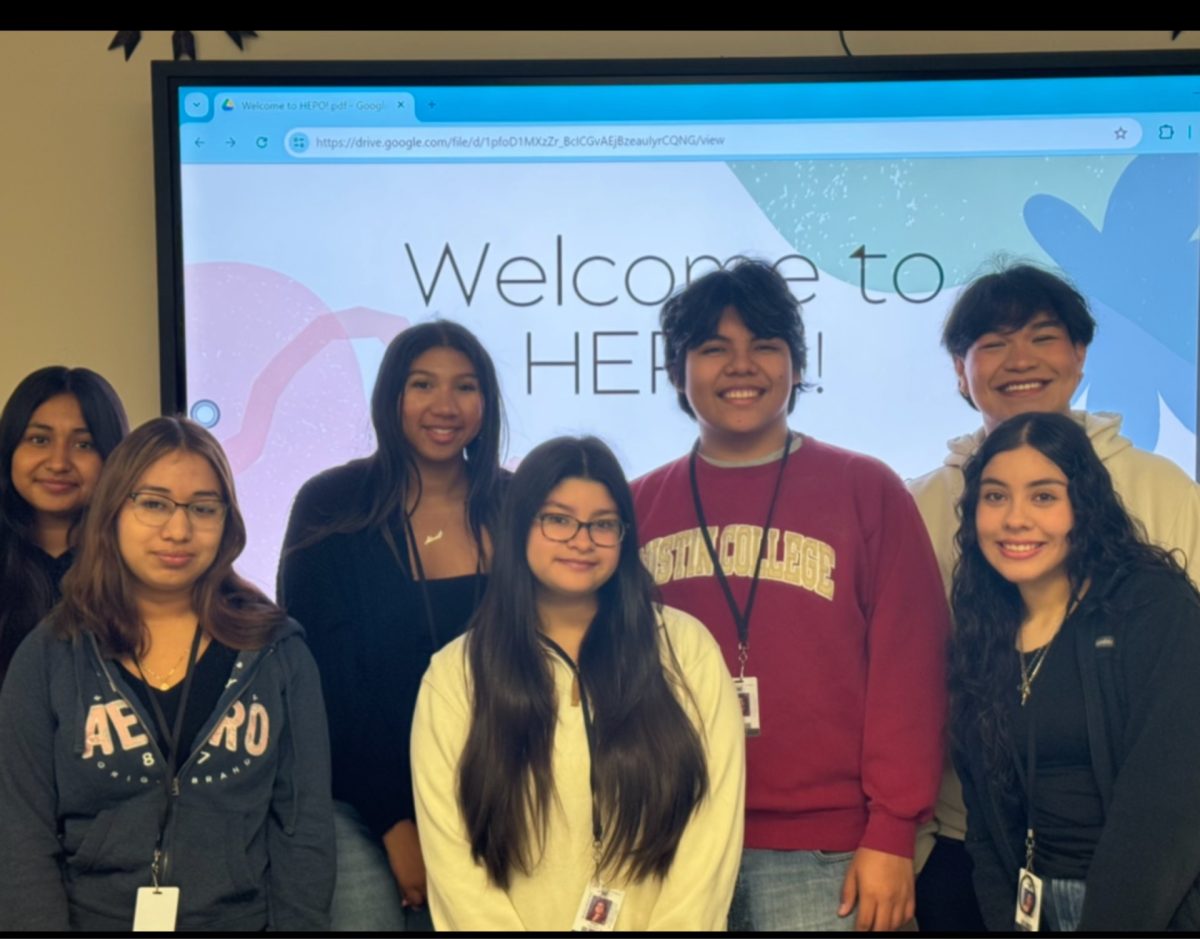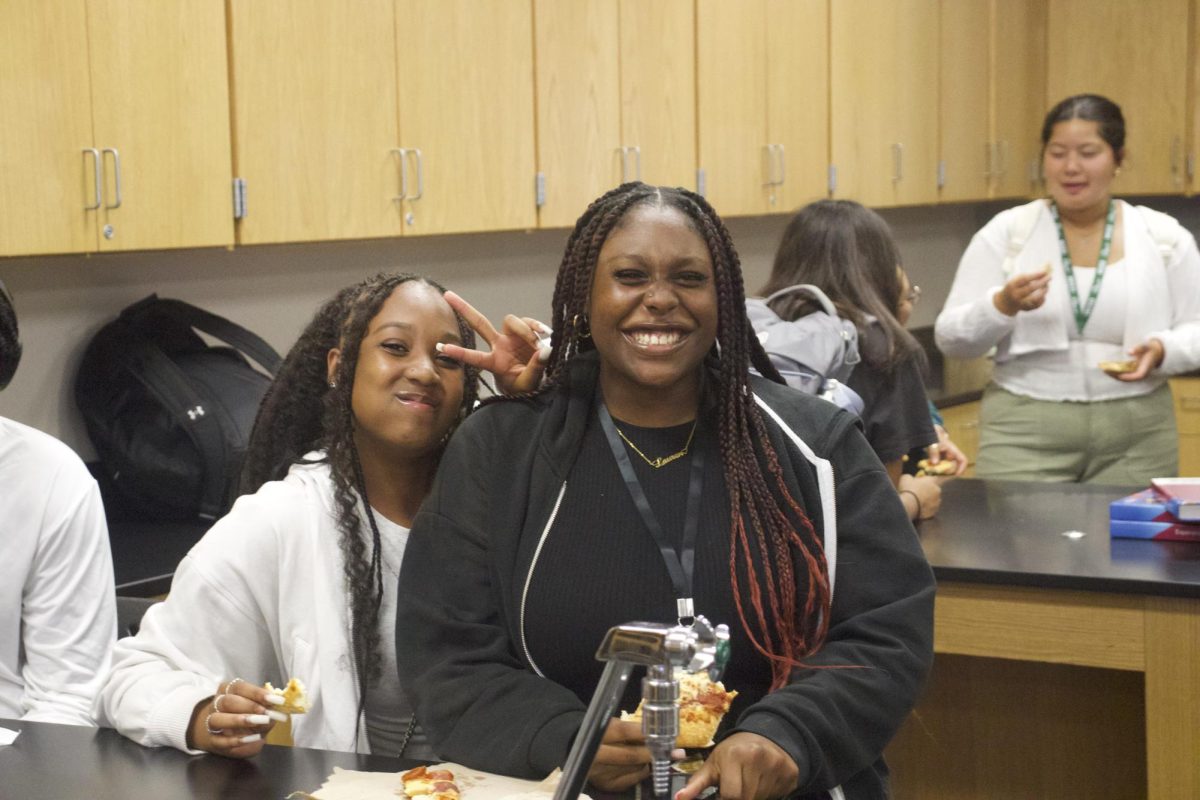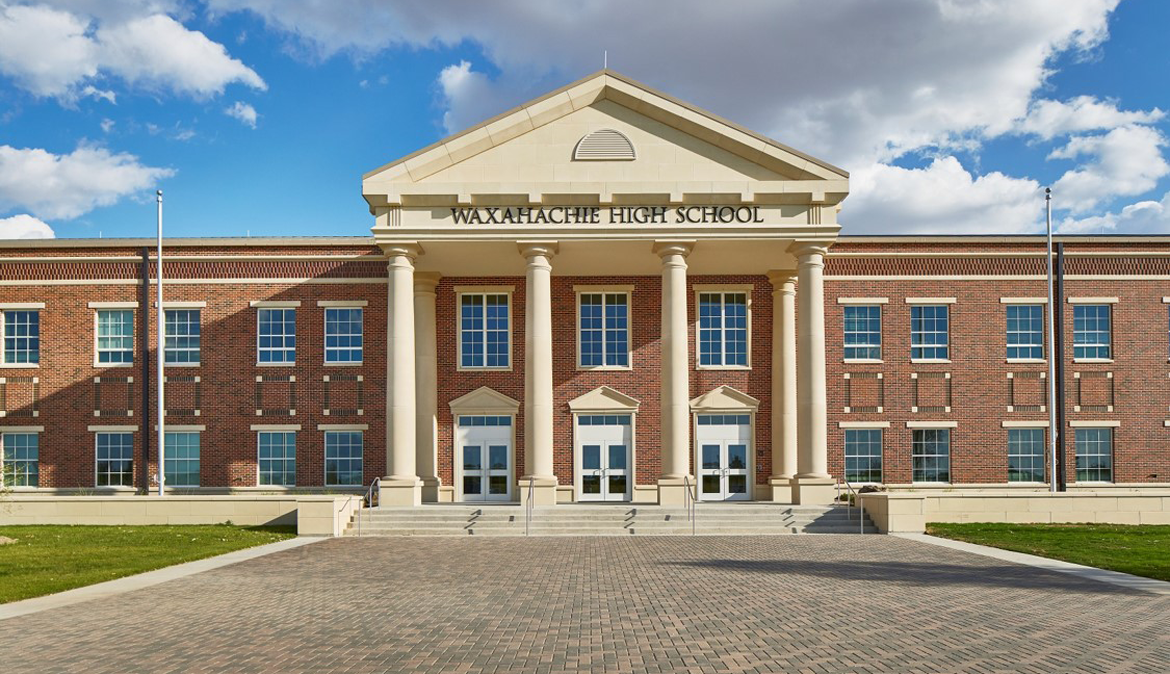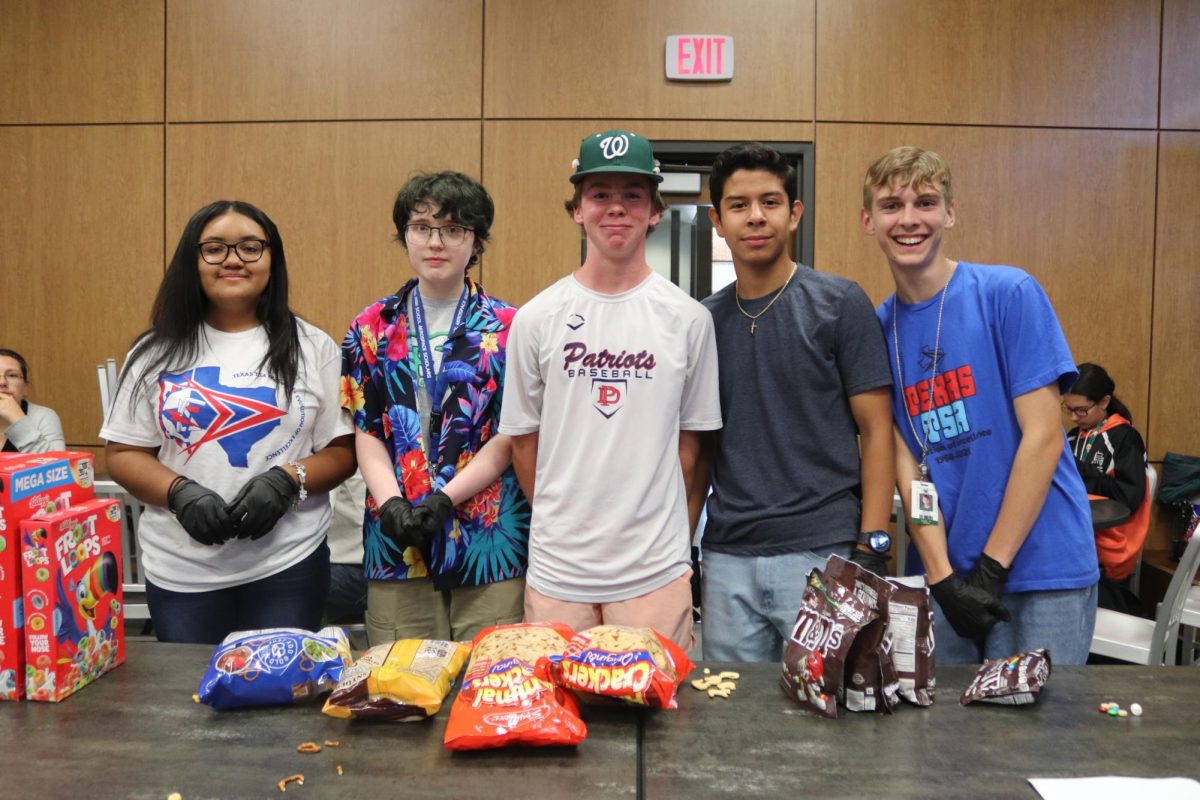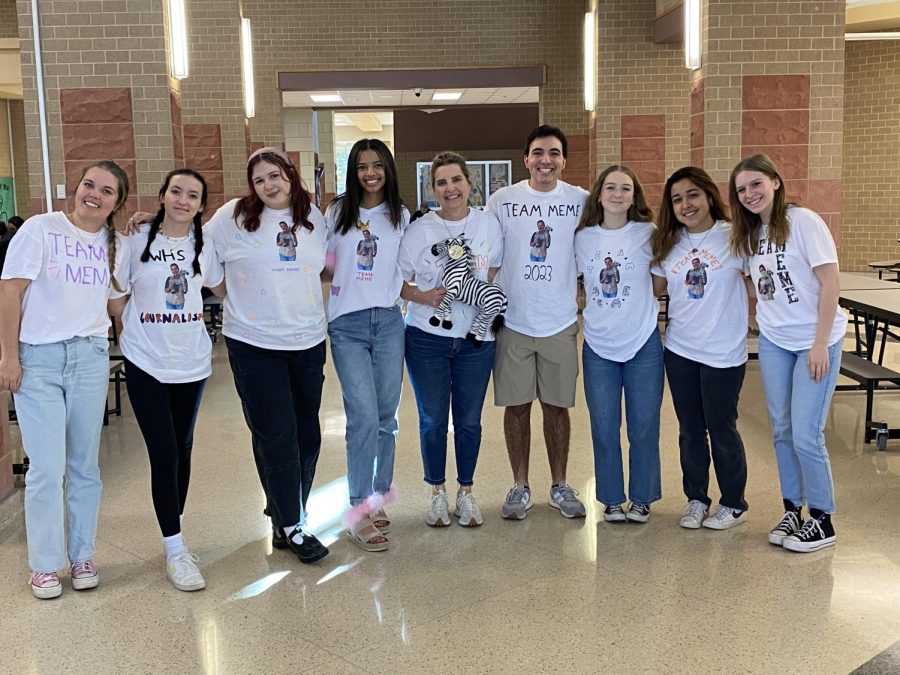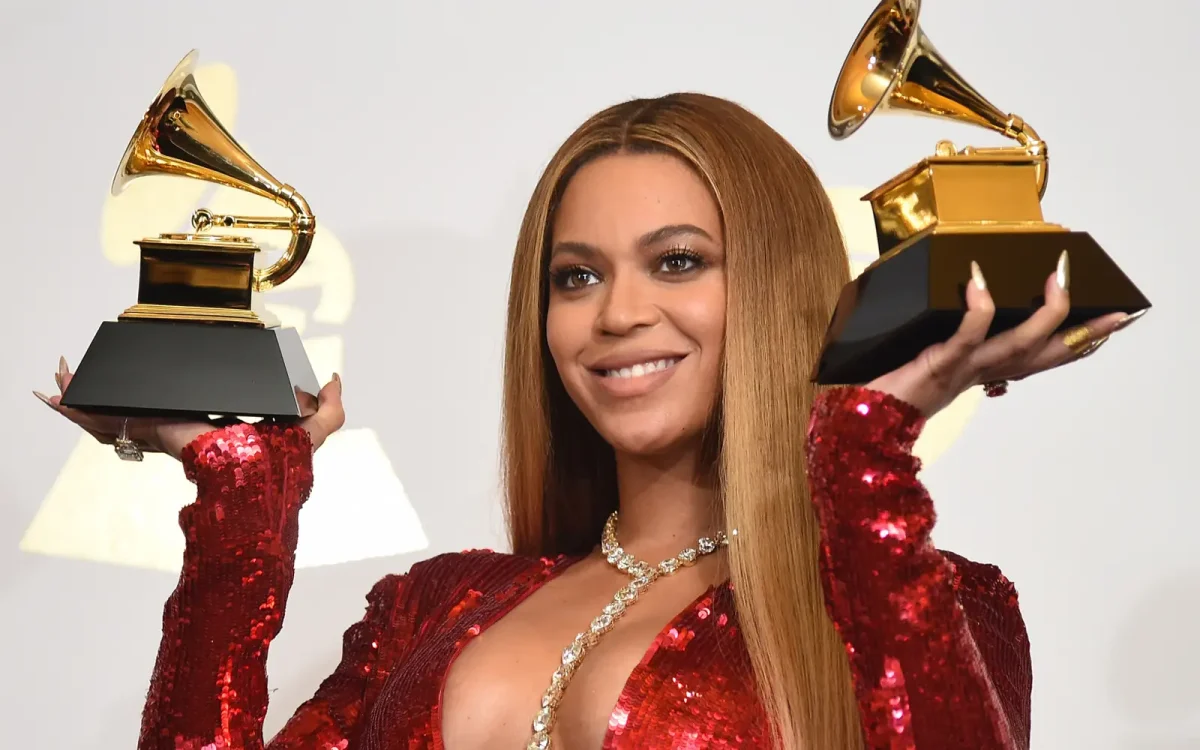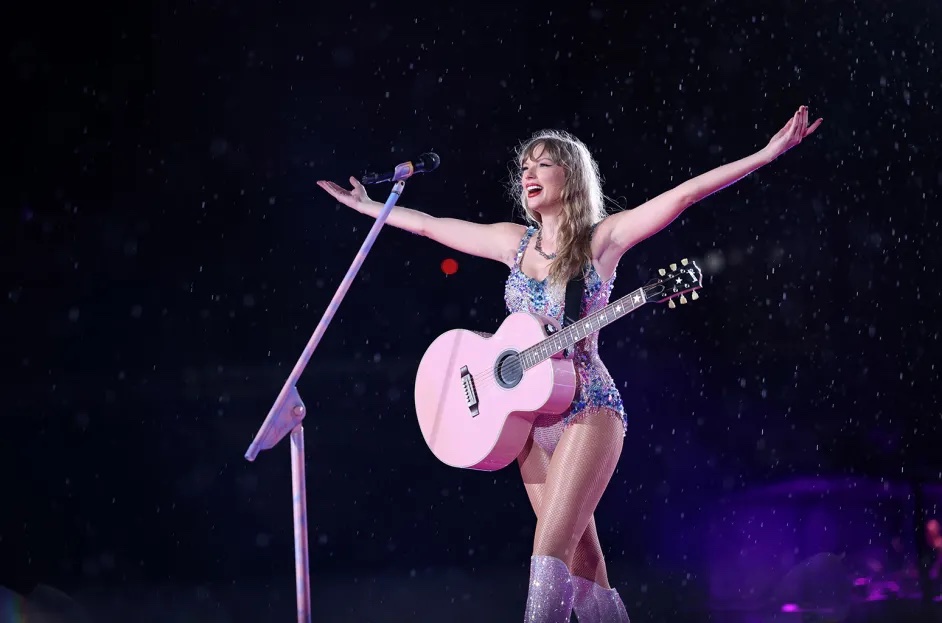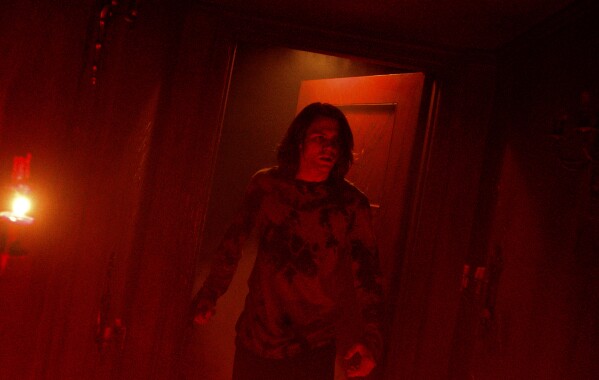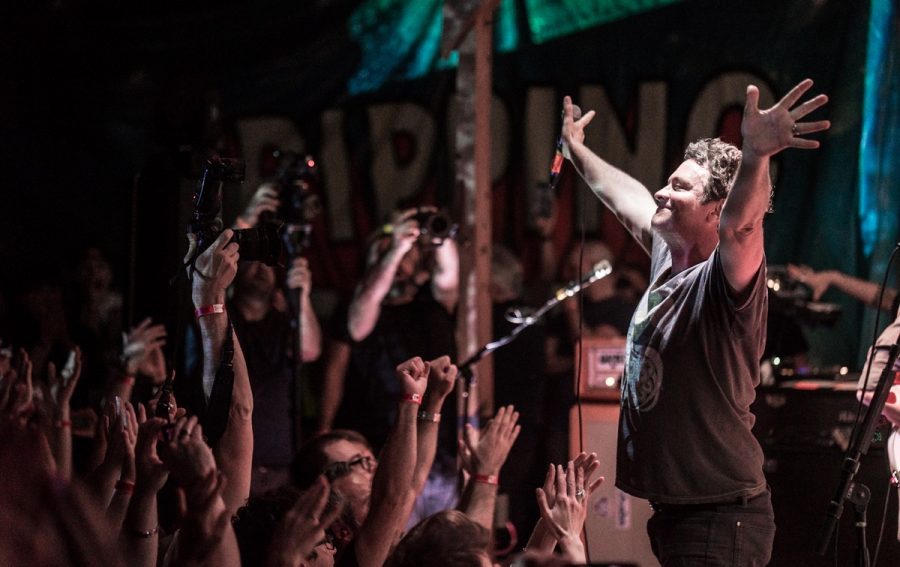Rock is Not Dead
Rock and roll is a genre that defined the second half of the 20th century. It was plastered on the cover of magazines, debated in the news, and played across radio stations. The genre started gaining popularity in the ‘50s and only grew throughout the following decades. Rock took many forms over the following fifty years; it became the trippy ballads of The Beatles, the harsh delivery of Guns ‘n’ Roses, and the somber lyrics of Alice in Chains. It turned the frontmen of these bands into icons who lived on thrones of drugs, money, and liquor. This new role of rock star was taken on by the likes of Mick Jagger, Jim Morrison, and Robert Plant.
While the rock and roll lifestyle was extremely influential on the pop culture of the 20th century, it slowly faded away by the late ‘90s. The alternative grunge subgenre from earlier in the decade had died out, and rock struggled to find a new form that captured the attention and support of its young audience. Music experts classified rock as a dying genre; bands like The White Stripes and The Strokes made up the last few punches before it was laid to rest in the eyes of mainstream media.
However, rock is not dead. It has not been buried six feet under; it has simply trickled from the big screen into small bars and concert venues that are scattered in the shadows of big cities. Real rock no longer occupies spaces like Madison Square Garden or Wembley Stadium; it finds its home in small, dimly lit rooms that fit no more than 200 people. While these places might not draw as large of an audience, they house true rock and roll: small bands who make music simply because they love it. They are able to channel their creative energy into a raw performance for an audience standing just feet away from them. There is no way to cover up flaws; they instead must embrace them.
It is in these places that a community is formed. This music scene today is so much more inclusive than ever before. Whereas bands from the ‘50s to ‘90s were most often composed of white men who made music for other white men to enjoy, independent rock bands today feature women, people of color, and members of the LGBTQ+ community who create a diverse safe space for all in rock music. These bands find their homes in nearly every major city, including locally in Dallas.
The Metroplex is no stranger to a strong musical scene. In the ‘90s, bands like Tripping Daisy and Toadies found their home in Deep Ellum, the creative neighborhood connected to Downtown Dallas. It was in Deep Ellum that the Dallas scene was first able to flourish. Now, the same neighborhood music venues that hosted ‘90s rock giants like Nirvana pave the way for small, local bands. On any given night, you may find The Bralettes, an Oak-Cliff-based Latina girl band, playing at Club Dada. Or maybe it’s Acid Carousel, a Denton psychedelic rock band. You might see Pearl Earl, also out of Denton, across the street at Trees. If you go another block to Three Links, Ting Tang Tina of Fort Worth will be playing a set. Put simply, Dallas music is thriving.
So to the 60-year-old men who spend their time complaining about how there is no “real music” anymore, I ask this: are you even really listening? Instead of spending $200 dollars on a nosebleed stadium ticket to watch an ancient “rock star” pretend like it’s still the ‘80s, try exploring your local scene. Find a venue in your city and the homegrown talent will follow. I promise it will be more thrilling – and more real. And it saves you about $190.


